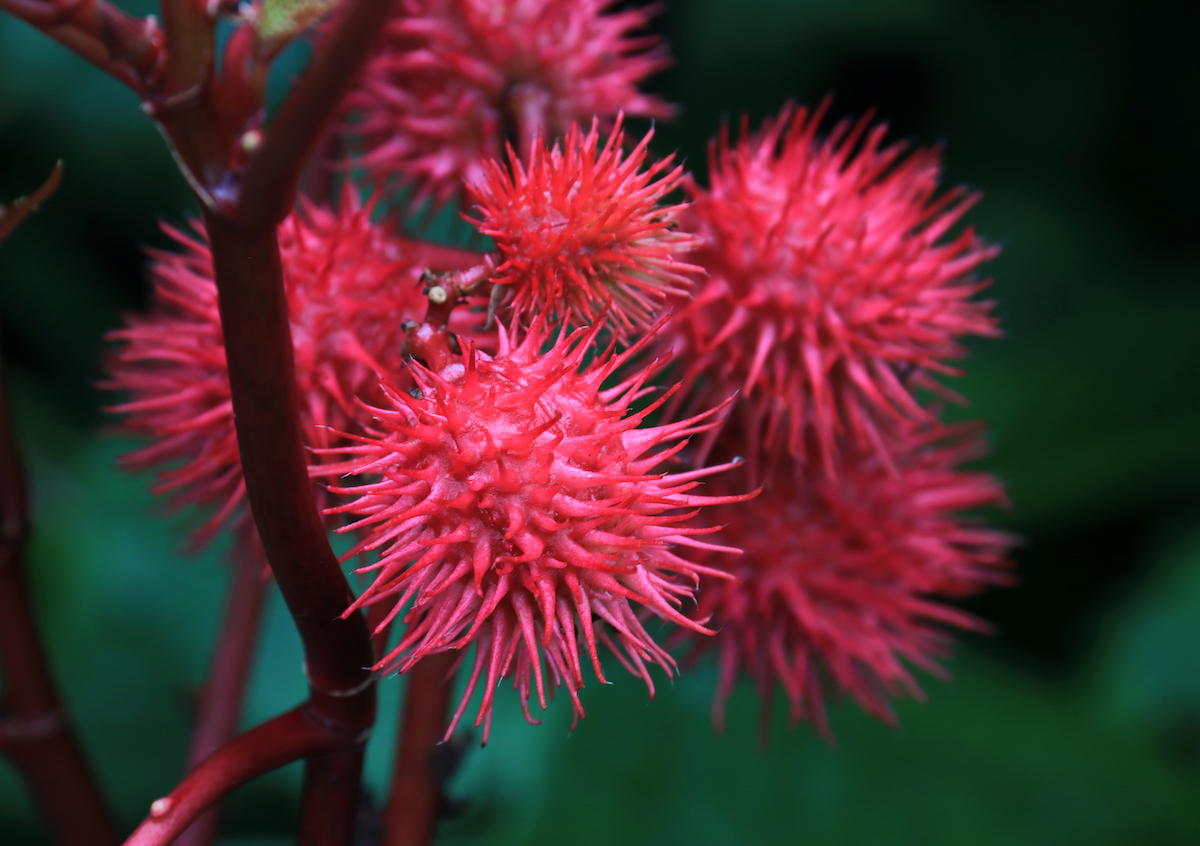

We may earn revenue from the products available on this page and participate in affiliate programs. Learn More ›
Some of the most eye-catching plant cultivars can be invasive, poisonous, or attractive to unwelcome insects. Of course, what’s bad in one garden might be OK in another. It depends on matters like climate and soil conditions, or the people and animals who visit the garden, and the goal of your landscape design.
You’ll seldom go wrong if you grow plants native to your region, and especially if you choose plants that attract pollinators or feed wildlife. We can’t recommend growing the following trees, shrubs, and other dangerous plants on your property, however. Some are invasive and cause damage to your yard and property; others are toxic, and even illegal in some states. If you’re thinking about growing any of these plants or trees, please consider the alternatives we offer.
1. Mint (Mentha spp.)
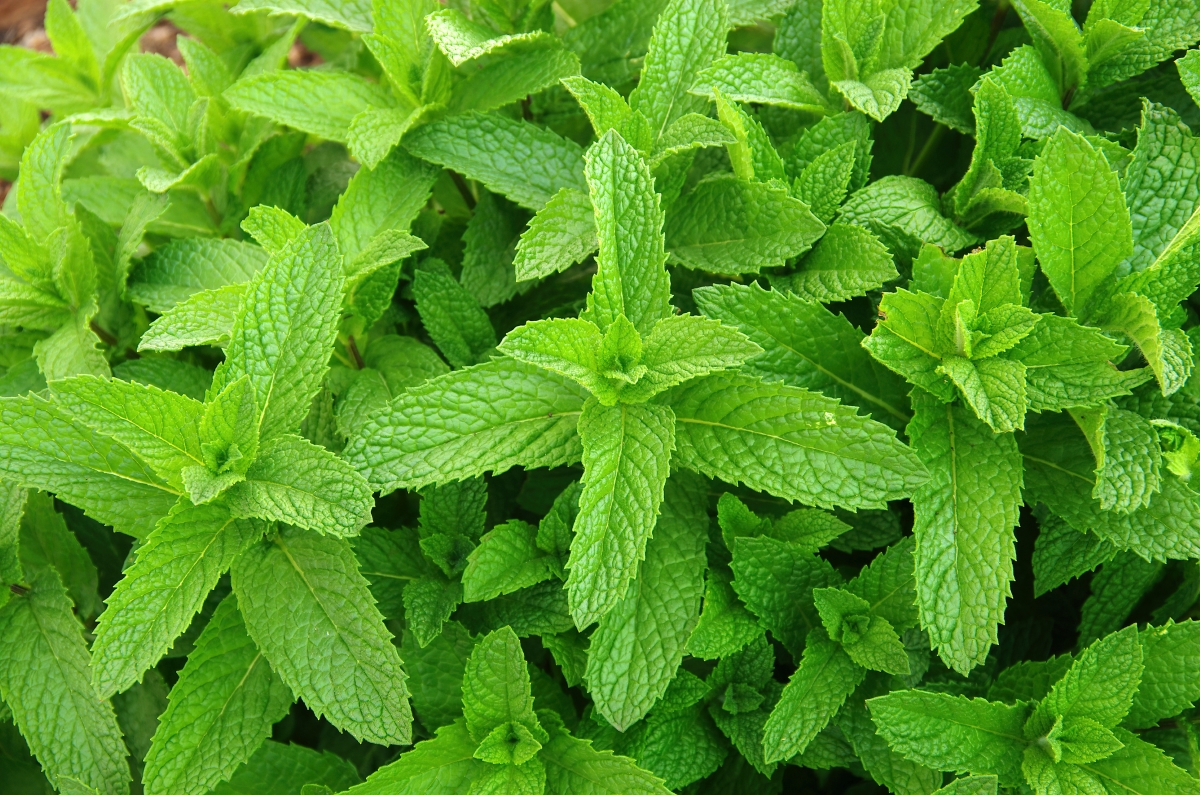
Mint is a flavorful addition to food and drink, and is beautifully aromatic in a vase with other flowers. But its underground stems (rhizomes) are seriously invasive and the herb can spread throughout your garden in a weed-like manner if not contained. Unless you have lots of space and want to grow an aromatic ground cover, keep mint out of your yard. If you want to grow one or more mint varieties for their flavor, do yourself a favor and plant your mint in a container instead of in a garden bed.
2. Aloe (Aloe vera)
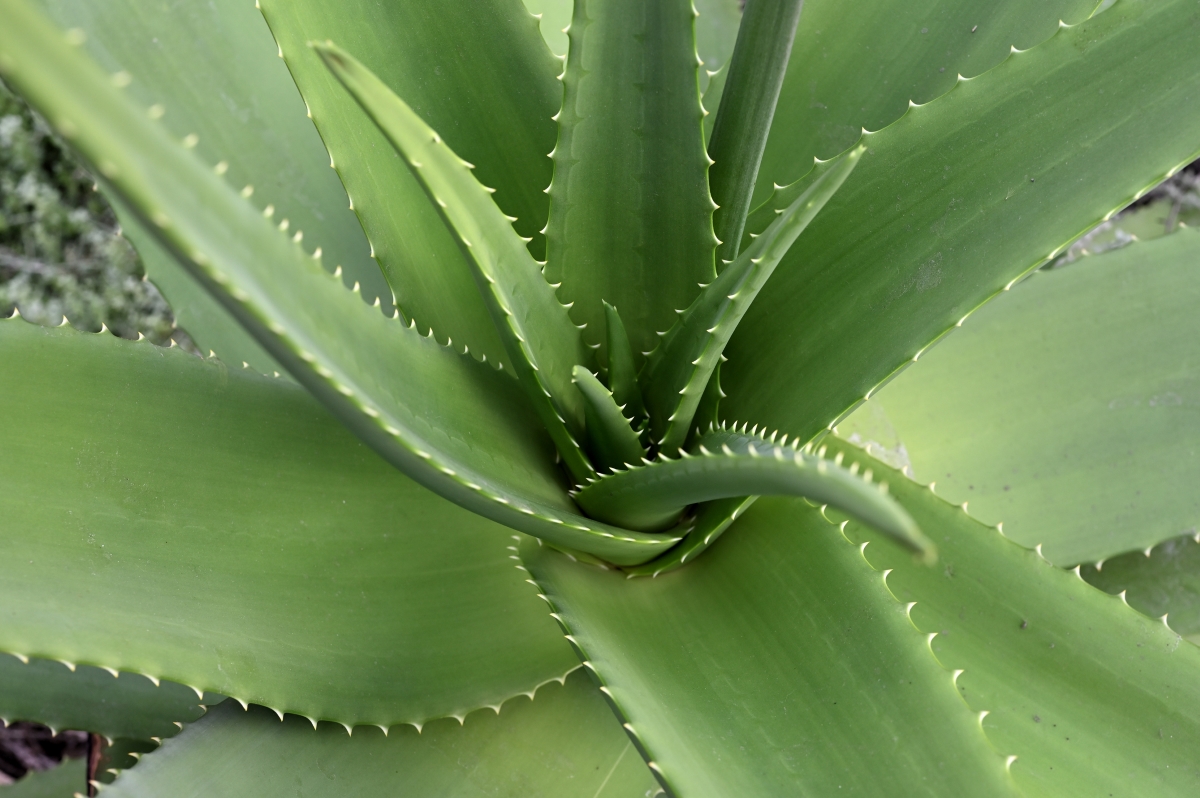
Here’s an example of a plant that can be both helpful and harmful: Aloe vera is a succulent plant known for its healing properties, particularly for burned skin. If ingested by pets, however, it’s not so beneficial. The latex (aloe juice, just under the skin of the plant) is toxic and can cause major abdominal upset and cramping. Those with pets should treat their burns with aloe products from the store and, for the sake of their pet’s health, leave this botanical medical marvel out of the garden.
3. Belladonna (Atropa belladonna)
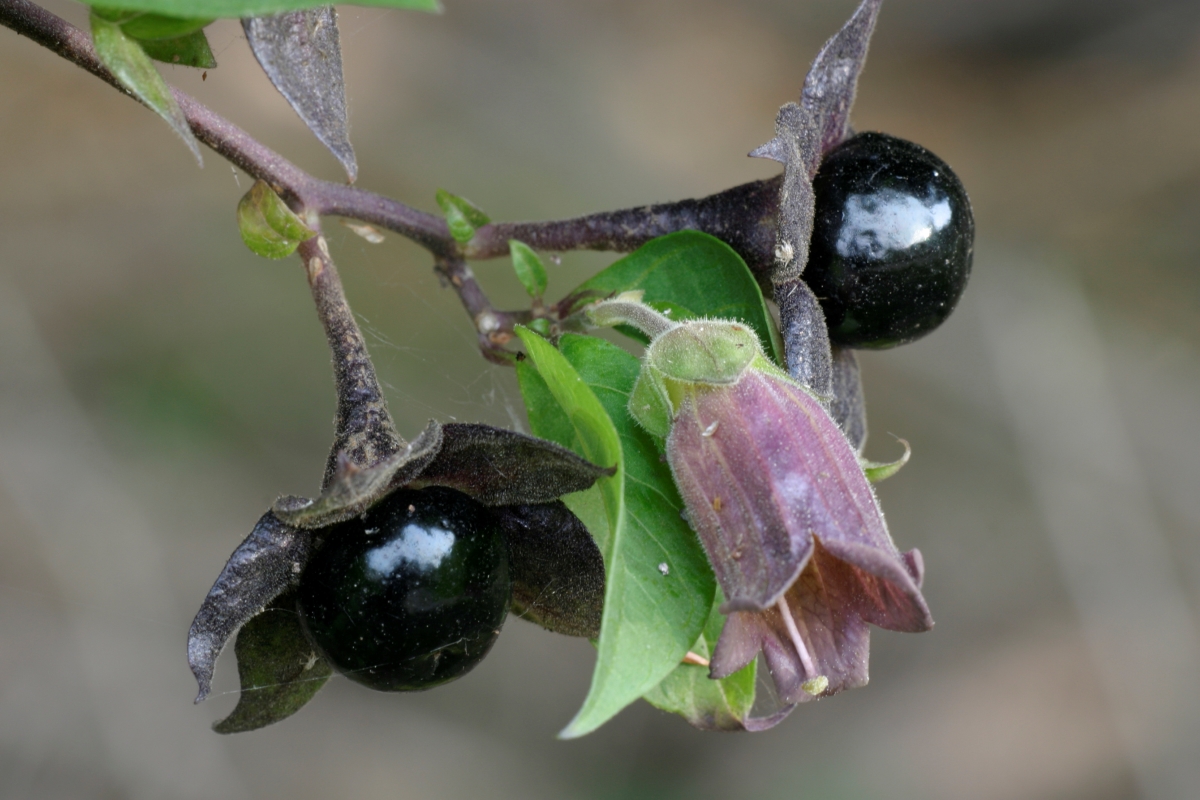
Belladonna’s common name, deadly nightshade, should be an instant indicator that this plant is perhaps better left out of the home garden. Don’t let the lush green foliage, purplish bell-shaped flowers, and glossy black berries fool you—this plant is extremely toxic. Ingesting only 600 milligrams, or about ⅛ teaspoon, of belladonna can cause an overdose, leading to rapid heartbeat, dilated pupils, delirium, and even respiratory failure. Keep belladonna away from any gardens where children or pets could accidentally ingest it.
4. Bamboo (Bambusa vulgaris)
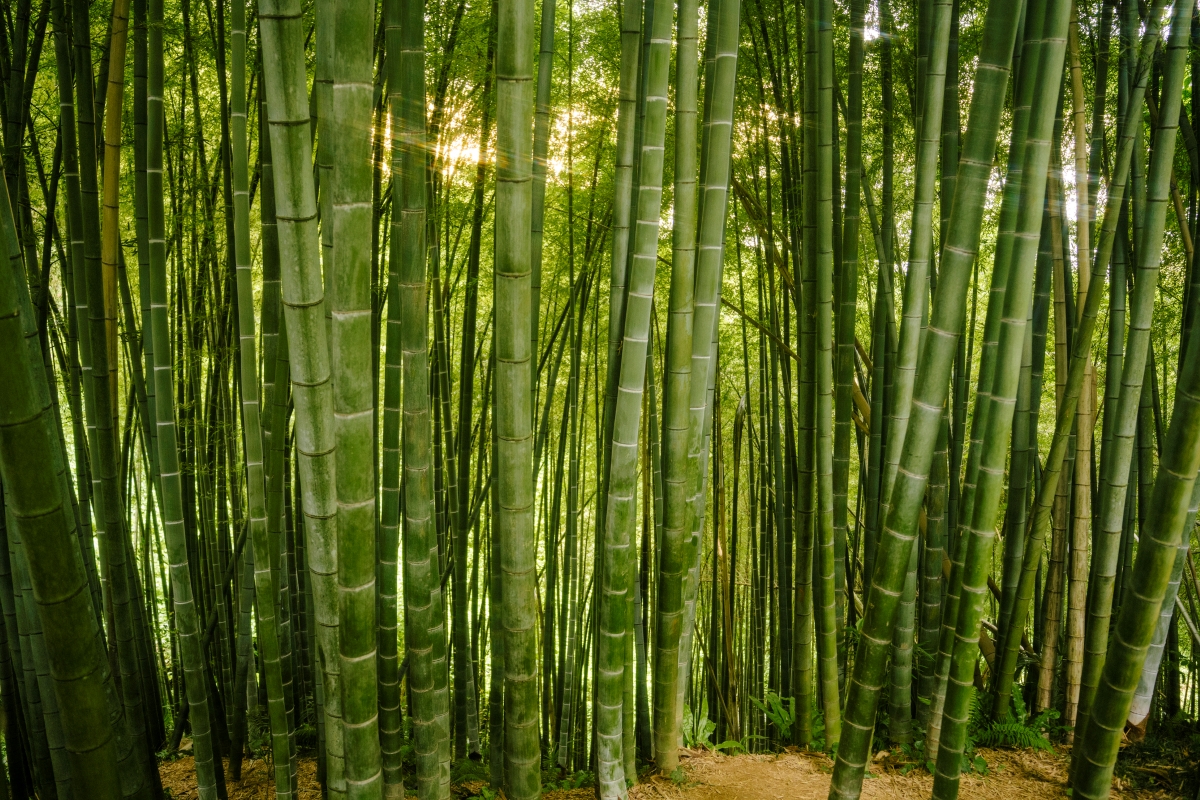
Bamboo’s hardness and rapid growth characteristics make it one of the world’s most renewable building resources. But that doesn’t necessarily make it a viable option for your garden. Before long, you’ll find your yard—and quite possibly your neighbor’s yard—overrun with a bamboo privacy screen that could take years to eradicate.
Non-native, invasive bamboo comes in clumping or running forms. It grows rapidly and out of control, competing with other plants and even damaging nearby concrete. If you must grow bamboo, do it in large landscaping planters. Just be sure whatever enclosure you choose is tough and at least 18 inches deep.
5. Tree of Heaven (Ailanthus altissima)
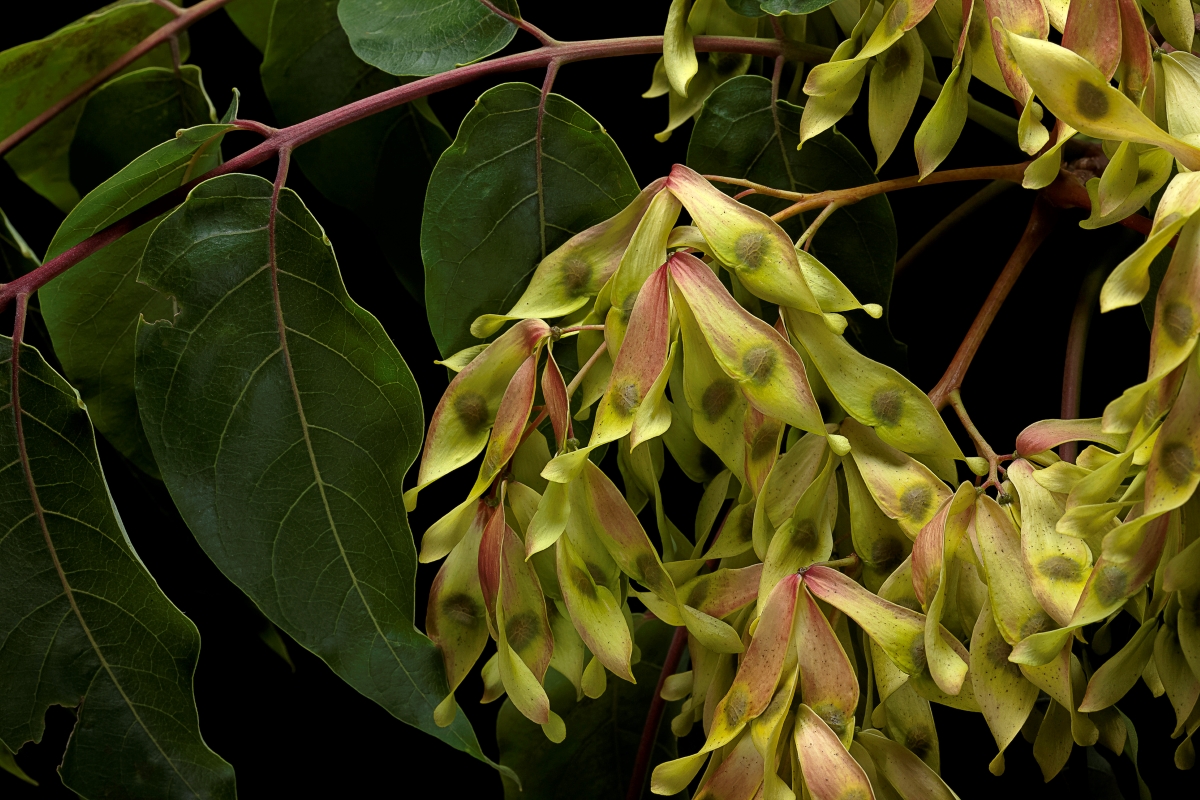
Although it sounds like a perfect, even angelic plant, Tree of Heaven is anything but. The trees grow rapidly and are invasive across the United States, after being introduced from China in the late 1700s. Aside from how quickly it reproduces, the invasive tree can inhibit growth of nearby plants, and even kill some with the toxic chemical it secretes into soil.
As if that weren’t enough, Tree of Heaven is a host to one of the most invasive pests in North America—the Spotted Lanternfly. Arriving much later (and also from China), the invader has been reported in Pennsylvania, down the East Coast, and even in the Northwest. It appears on up to 100 plant species and feeds on the sap, especially of smooth-bark trees. It stresses and eventually kills trees. Noted by its pairing of leaves directly across from one another, Tree of Heaven is fairly easy to spot. Pull up the sprouts as soon as possible.
6. Japanese Barberry (Berberis thunbergii)
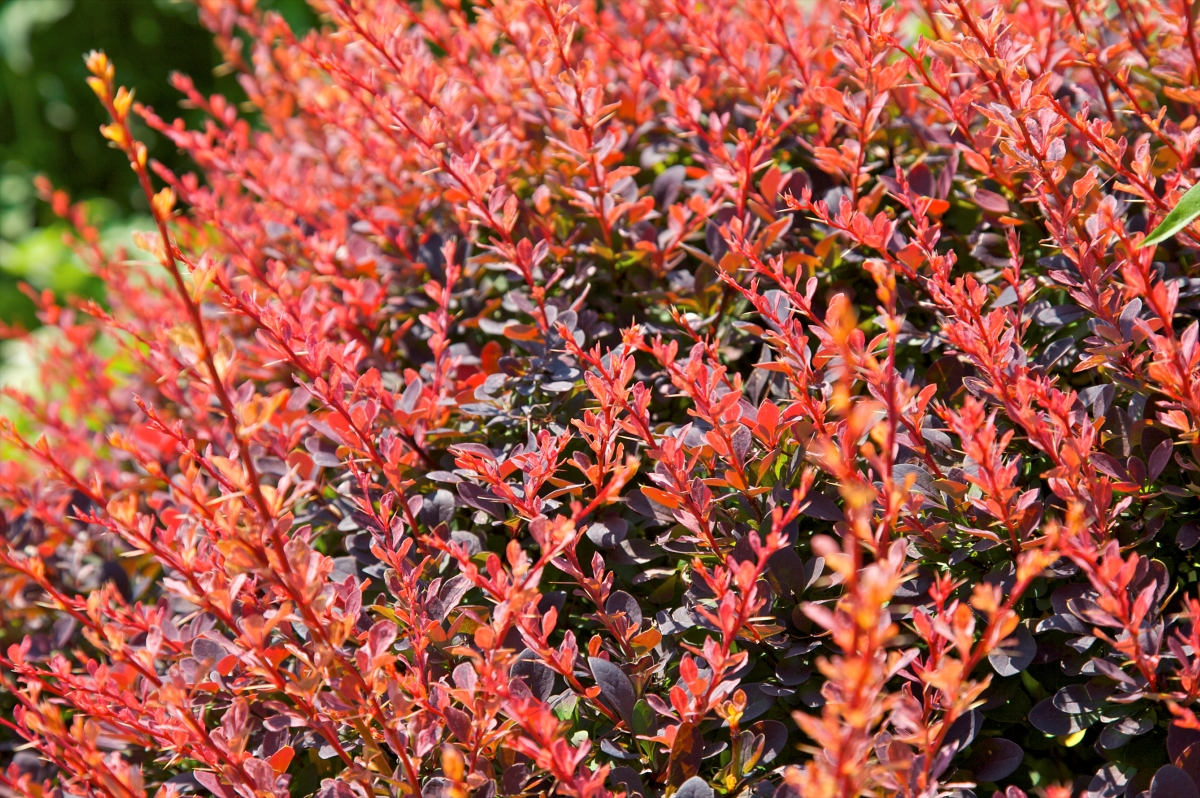
American landscapers seem to have an unquenchable love affair with Japanese barberry. It is drought- and shade-tolerant, and deer-resistant. But studies have shown that it harbors black-legged ticks, which can carry Lyme disease. It is also invasive and covered with a thicket of sharp barbs to boot, so it is unpleasant to manage, at best. Err on the side of caution and choose native alternatives like ninebark or fragrant sumac over Japanese barberry for your landscaping.
7. Chinese Wisteria (Wisteria sinensis)
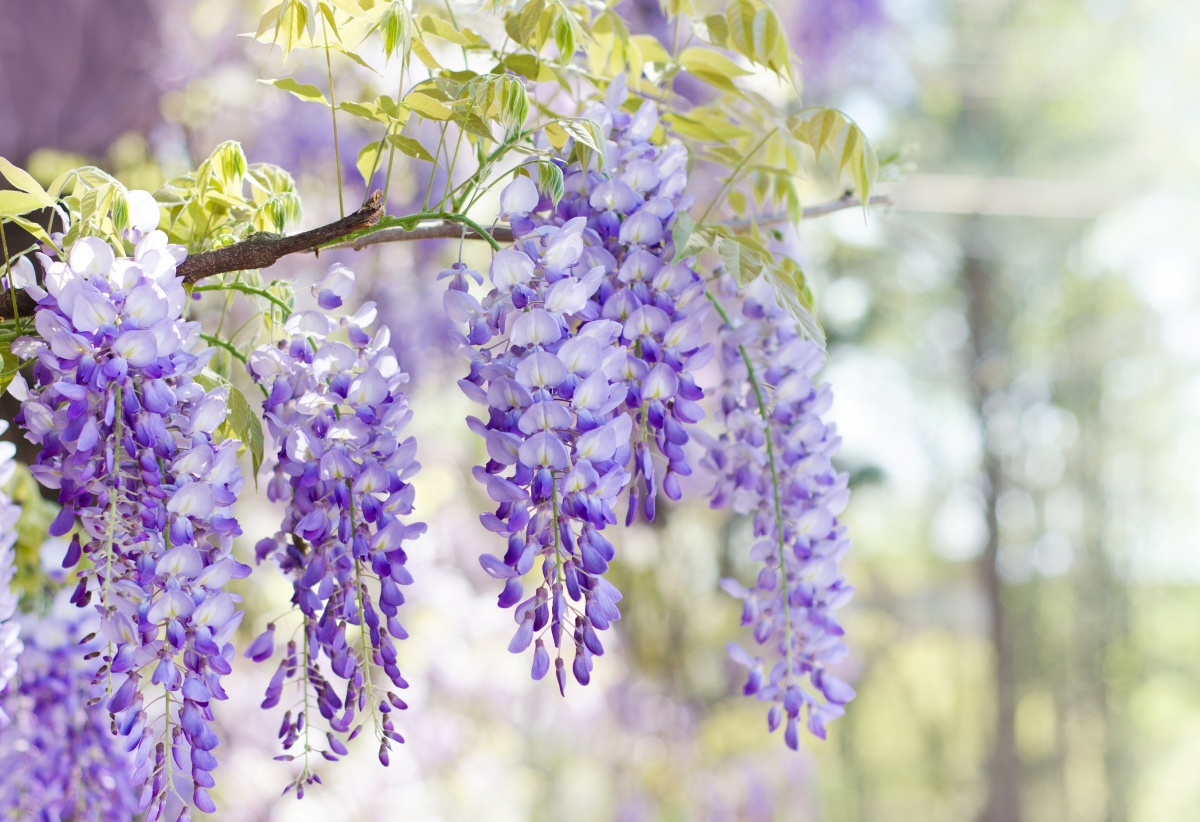
Wisteria, with its brilliant, cascading purple blooms, is tempting for a gardener who loves flowers—but beware! Its root system can send shoots popping up far away from the main plant, engulfing trees, shrubs, and anything else in its way. Chinese wisteria was introduced to America in 1816; it now is listed as a noxious weed in at least 19 states, and is particularly troublesome in the Midwest. The vine can live hundreds of years, and requires serious pruning every year to keep it under control.
8. Pigweed (Amaranthus spp.)
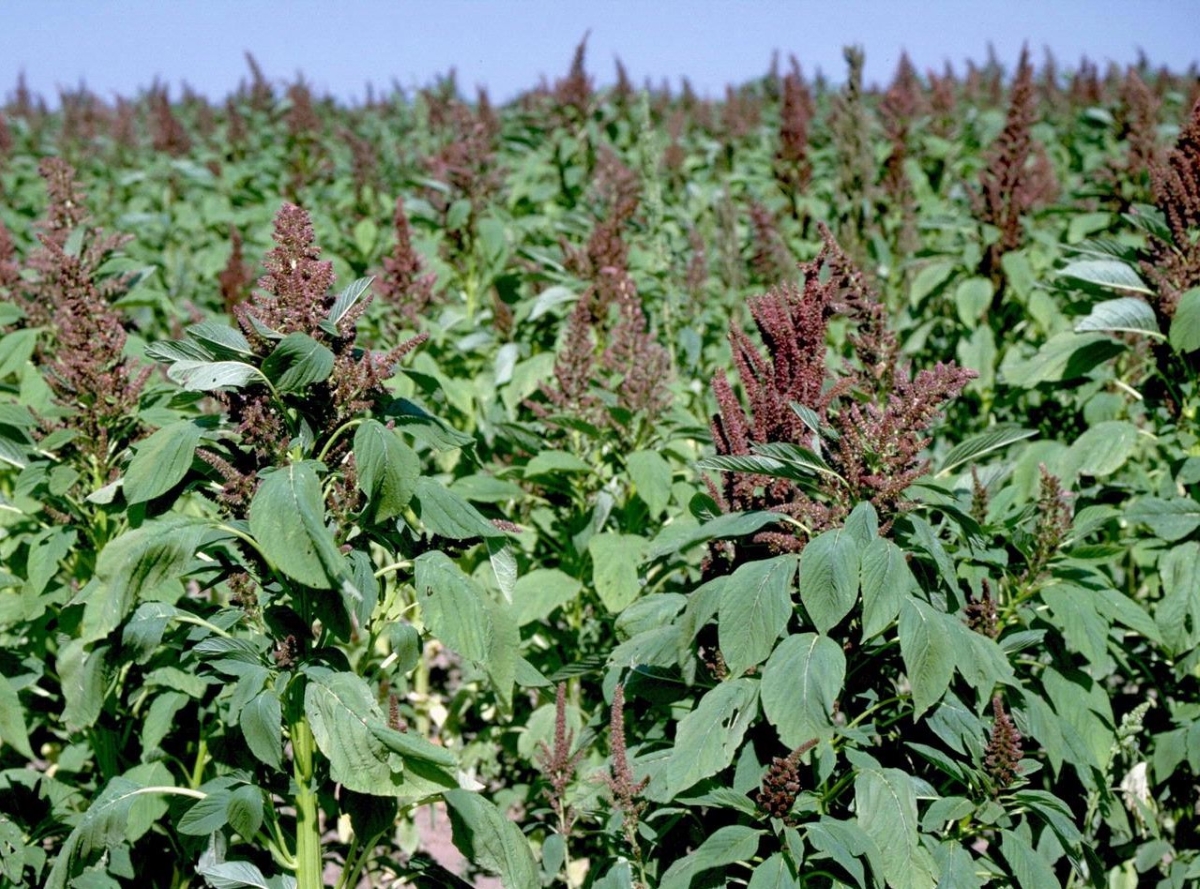
Ornamental amaranth can be a showstopper in the garden, but it can be toxic to livestock and troublesome to those with seasonal allergies. Its weedy cousins, like Palmer amaranth and prostrate or redwood pigweed, are among the most aggressive weed invaders in some middle and northwestern states. In all, there are 70 species of Amaranthus, but only a few ornamental and edible types that are not invasive. It might be safer to skip Amaranthus in your plant lineup, to enjoy your garden that much more during springtime.
9. Castor Bean (Ricinus communis)

Castor bean is a fast-growing and showy annual with large leaves and clustered flowers. The seeds, or “beans” contain ricin, which is 6,000 times more poisonous than cyanide, and an adult can die from chewing just four of the plants’ seeds. The toxin does not appear in castor oil. Castor bean is not a good candidate for a gardener who shares property with children or animals. The plant is toxic to small pets like dogs, cats, and rabbits, and larger animals like cattle, sheep, and horses.
10. Yucca (Yucca spp.)
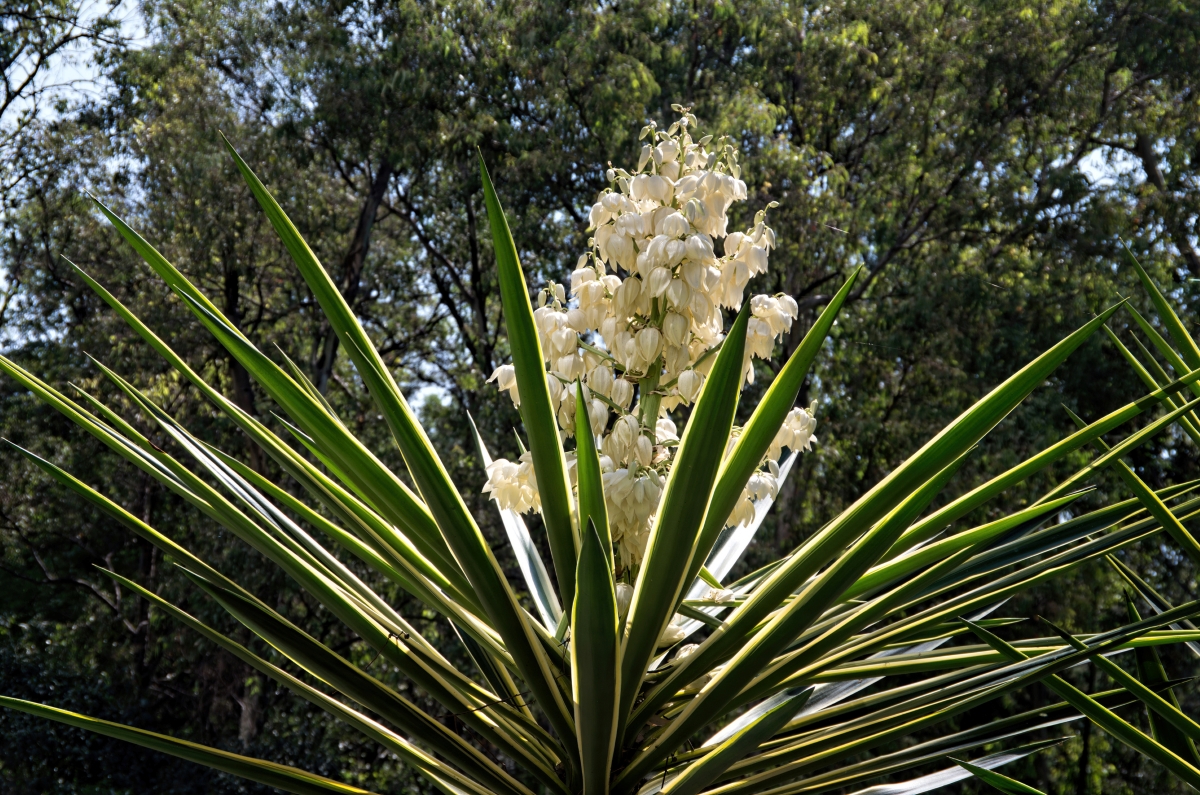
Although not invasive or harmful, a yucca plant in the yard can become a problem child. Its sharp, pointy leaves need to be discarded after they’re spent, and flower stalks need to be pruned. Although they bloom for only about a week, most yucca species attract lots of bugs, both good ones and bad ones. The succulent can grow quickly, especially in rainy areas, and can overgrow its intended spot.
If a yucca gets out of control, its root system is pervasive and hard to kill. Should you want to remove it, you might have to dig up everything around it as well. This distinctive plant is best left in a pot indoors or on the porch in all but the most arid regions.
11. Bradford Pear (Pyrus calleryana)
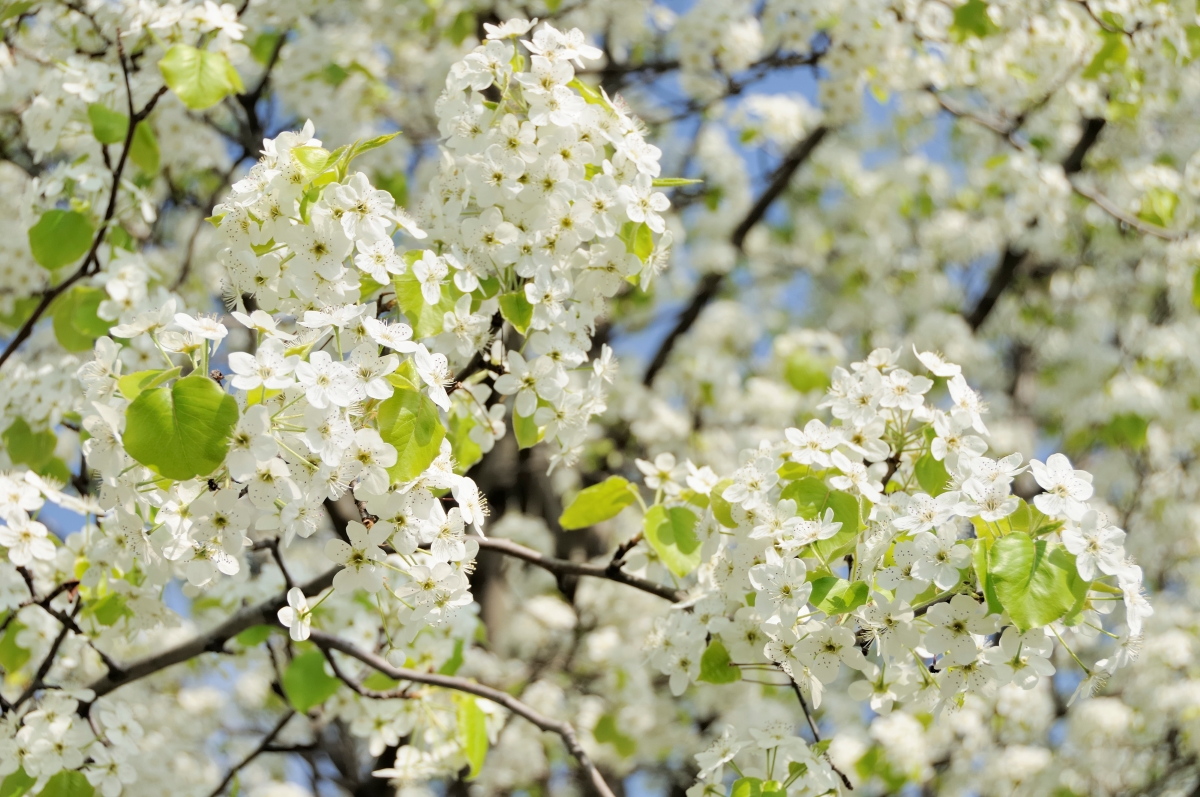
Bradford pears are a very popular choice for suburban front yards and commercial properties alike. They grow fast and flower profusely, and can invade natural habitats, outcompeting native species for valuable resources. As of spring 2024, the ornamental pear was banned in South Carolina, Ohio, and Pennsylvania.
Although not as invasive in drier climates, the pretty trees often feature weak wood, so they are easy targets for serious wind and storm damage. And though their blooms are beautiful, they have an unpleasant smell that we could do without. They’re best replaced with sturdier native tree species like Eastern redbud, flowering dogwood, or American plum.
12. Himalayan Blackberry (Rubus armeniacus)
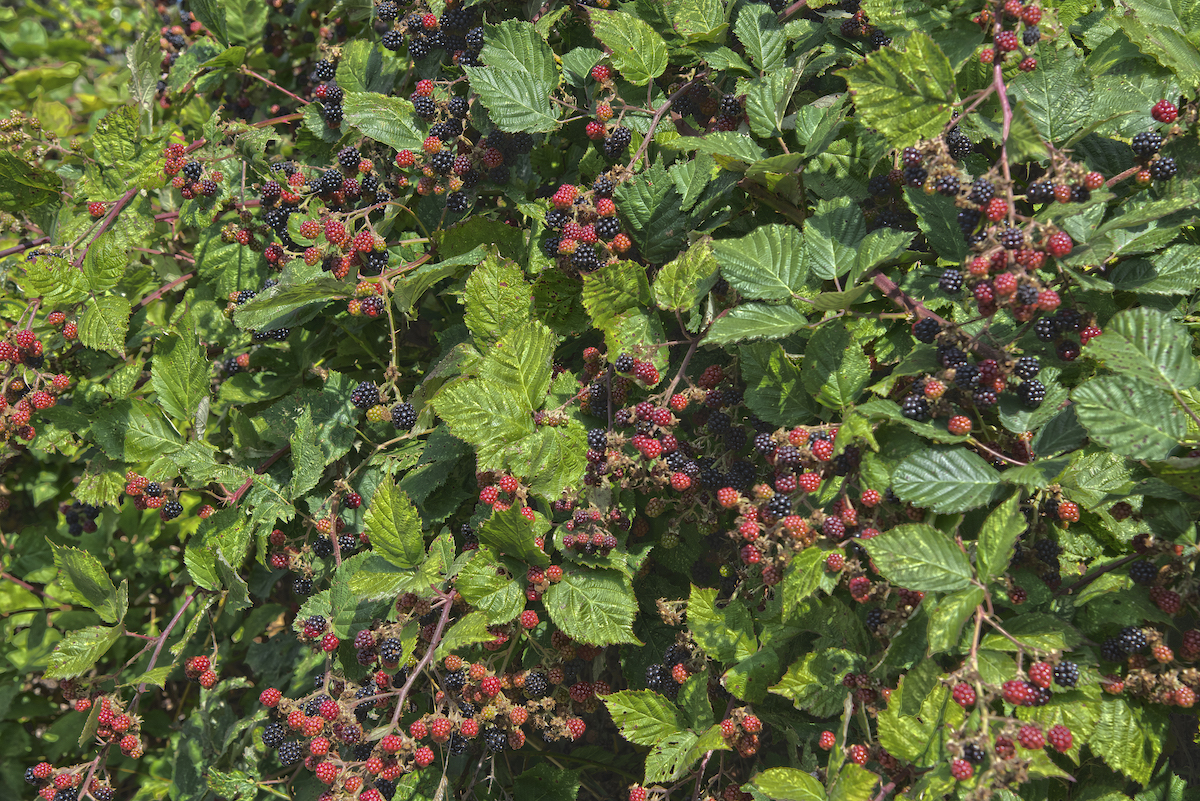
Planting a blackberry bush is a wonderful way to raise your own homegrown produce, but be careful which variety you choose. The Himalayan blackberry (which actually is native to Western Europe) is incredibly invasive, and once it takes hold, is difficult to root out and destroy. It can spread in thickets and invade natural areas, including forests. Although the berries feed birds, they help disperse its seeds, adding to the problem. Purchase your fruit plants from reputable nurseries, and select the upright, thornless varieties for home gardens.
13. Water Hyacinth (Eichhoria crassipes)
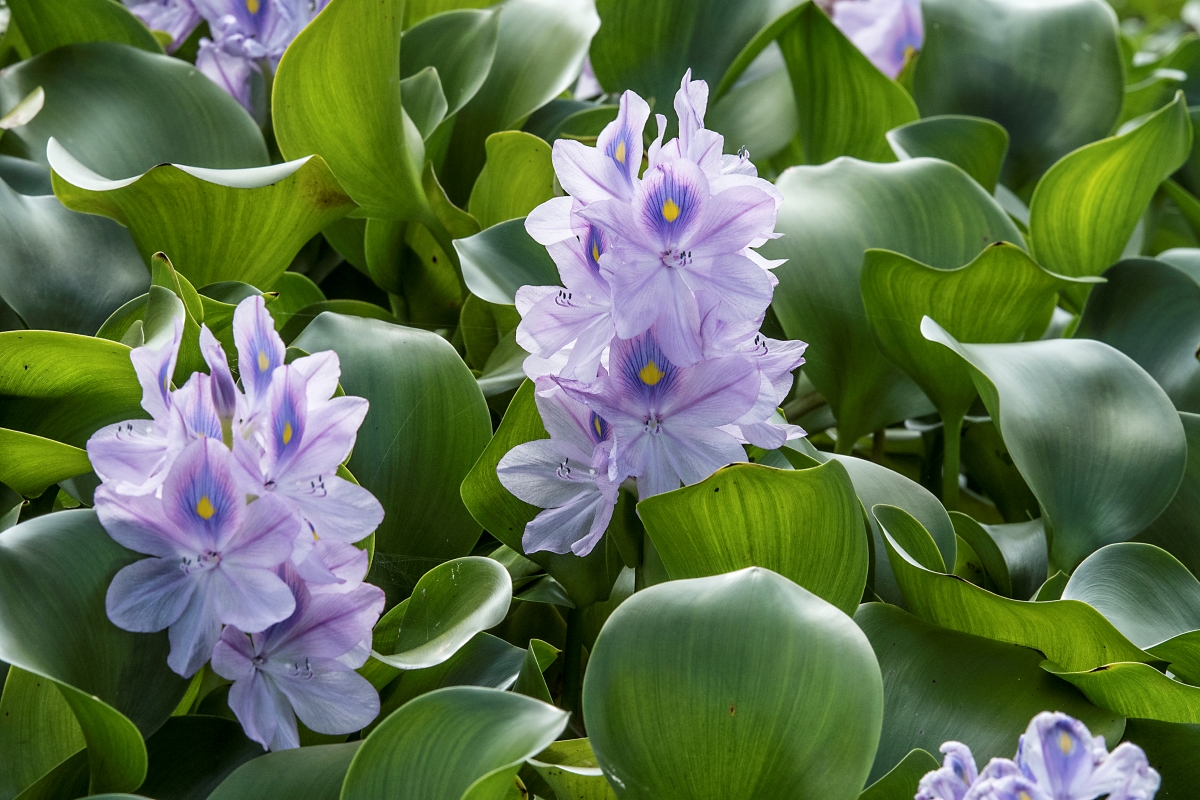
Water hyacinth, an aquatic plant native to South America, has gained popularity as a natural filter for backyard koi ponds and water features. Unfortunately, this invasive plant does a lot more than clean impurities from water—it can actually take over a pond or stream, choking out fish and other plants. Under the right conditions, the plant reproduces so quickly that 10 initial water hyacinths can multiply to total 600 or more plants in about 3 months. Resist adding these showy lavender flowers to your backyard water feature and opt for something else instead, like American white waterlily or humped bladderwort.
14. Box Elder (Acer negundo)
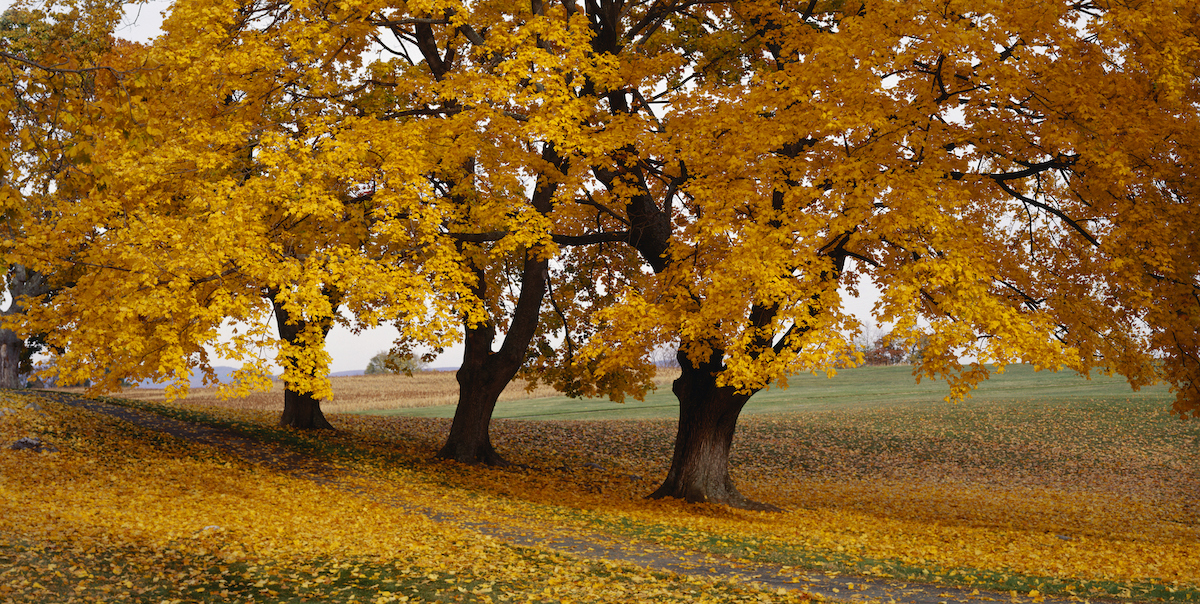
A box elder tree is fast-growing shade tree, climbing up to an inch in diameter each year for the first 20 years, and up to 60 feet high. These native North American trees live from 60 to nearly 100 years. Though it can be an excellent shade tree, the box elder’s structure is vulnerable to wind and storm damage. The trees can have co-dominant leaders, or two or more stems trying to become the main center trunk. They also tend to have brittle branches that break easily, sucker easily. If these aren’t reasons enough to give them a pass, these trees can attract box elder bugs. Though not harmful to people or plants, the annoying bugs like to make their way into homes and other structures as cool weather approaches.
15. Spurge (Euphorbia spp.)
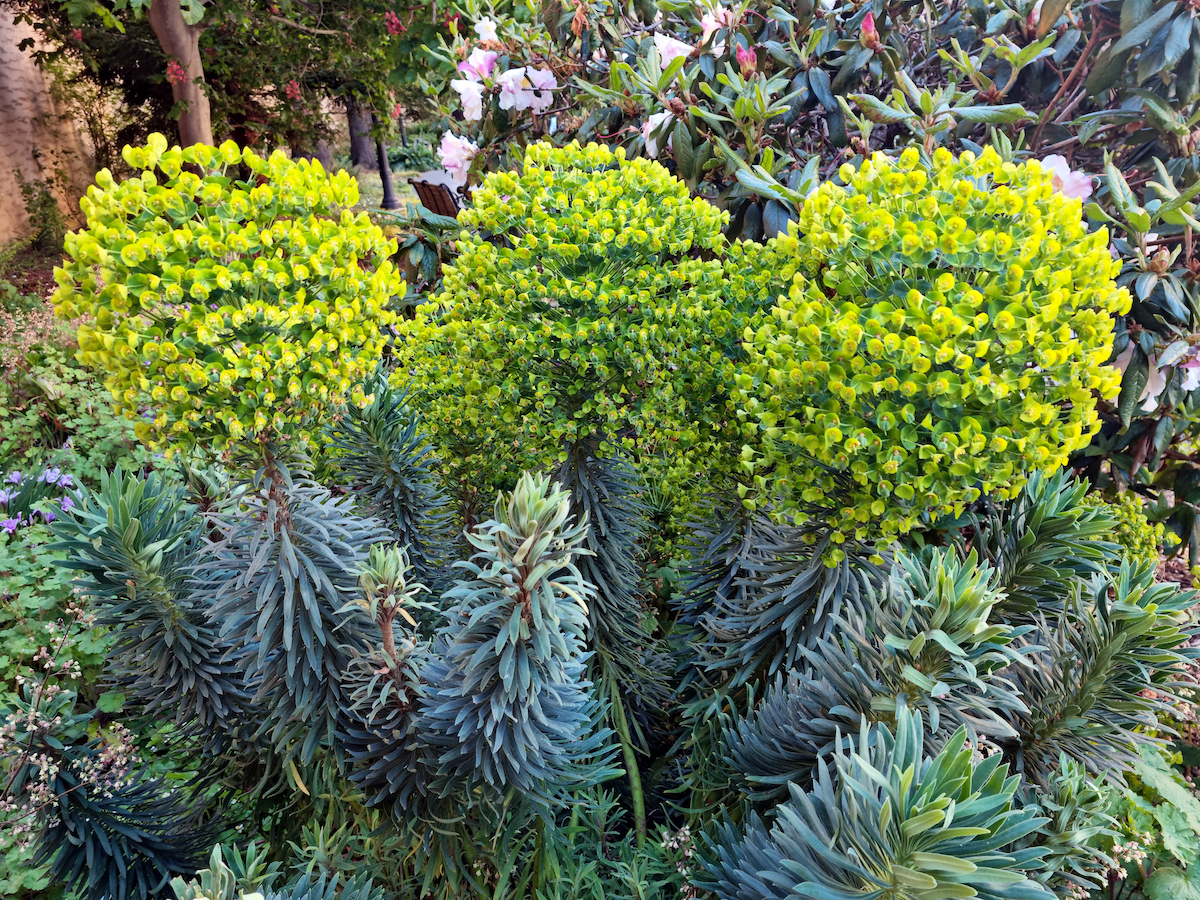
Otherwise known as spurge, Euphorbia is a plant genus with more than 2,000 species. The plants, though beautiful, contain a milky sap that will irritate the skin and can be poisonous to cats, dogs, and people if ingested. Most of the problems with invasiveness come from leafy spurges like Euphorbia virgata or Cypress spurge (E. cyparissias), however. In the right conditions, other euphorbia types are excellent ornamental cactus-like succulents for indoor containers or desert gardens.
16. Jimson Weed (Datura wrightii)
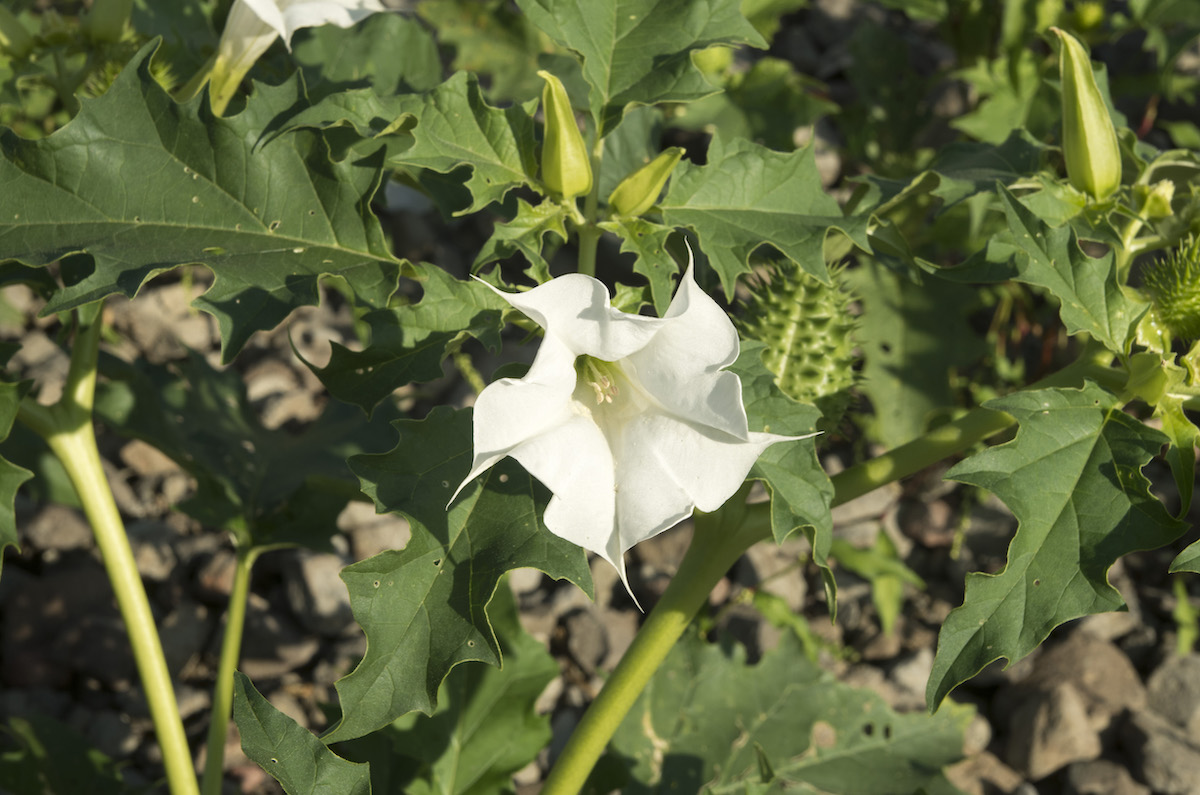
A common sight along disturbed roadways, the datura is native from Central California down through the Southwest and into Texas. It is known for its large white flowers that open at dusk and its attraction of night-flying sphinx moths, which put on quite a show as they access pollen deep in the large trumpet-shaped flowers. However, this nightshade family member is highly toxic throughout, with hallucinogens in its flowers and seeds. They can poison cattle, horses, sheep, and can be lethal in people who ingest large amounts. Still, in dry areas and moon gardens, it can have a prominent place if managed precisely. This includes deadheading every flower after blooming to prevent ingestion of seeds and spreading of the plant.
17. White Mulberry (Morus alba)
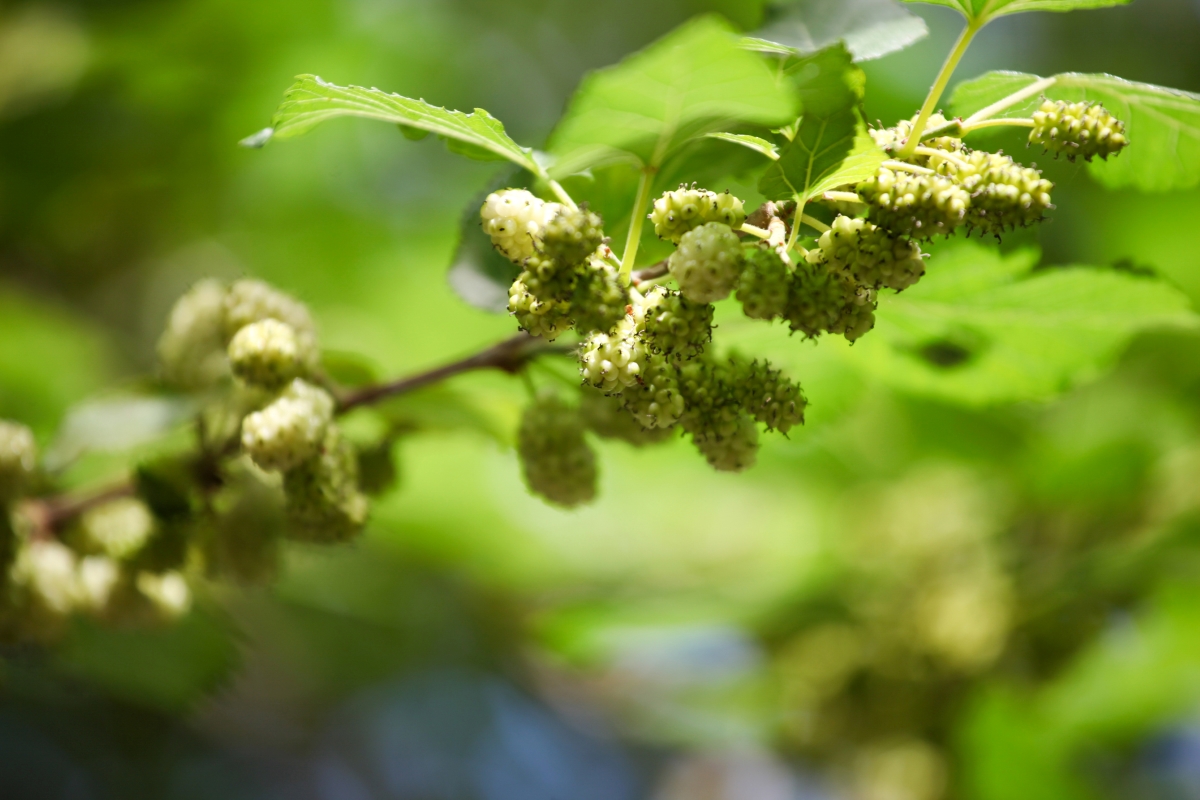
Although their berries are delicious to people and birds, some mulberry species are way more trouble than the berries are worth. White mulberry is a particular problem throughout the Southwest because of the intense reaction its pollen can cause in people with seasonal allergies. Mulberry is even banned in several large Southwest cities.
Pollen isn’t the mulberry’s only problem, though. The Chinese native white mulberry is invasive throughout the United States because its fruit drops and stains everything in its path, and its shallow roots can damage walkways and underground pipes. Opt instead for a native red mulberry tree, and select a female tree to limit pollen production.
18. English Ivy (Hedera helix)
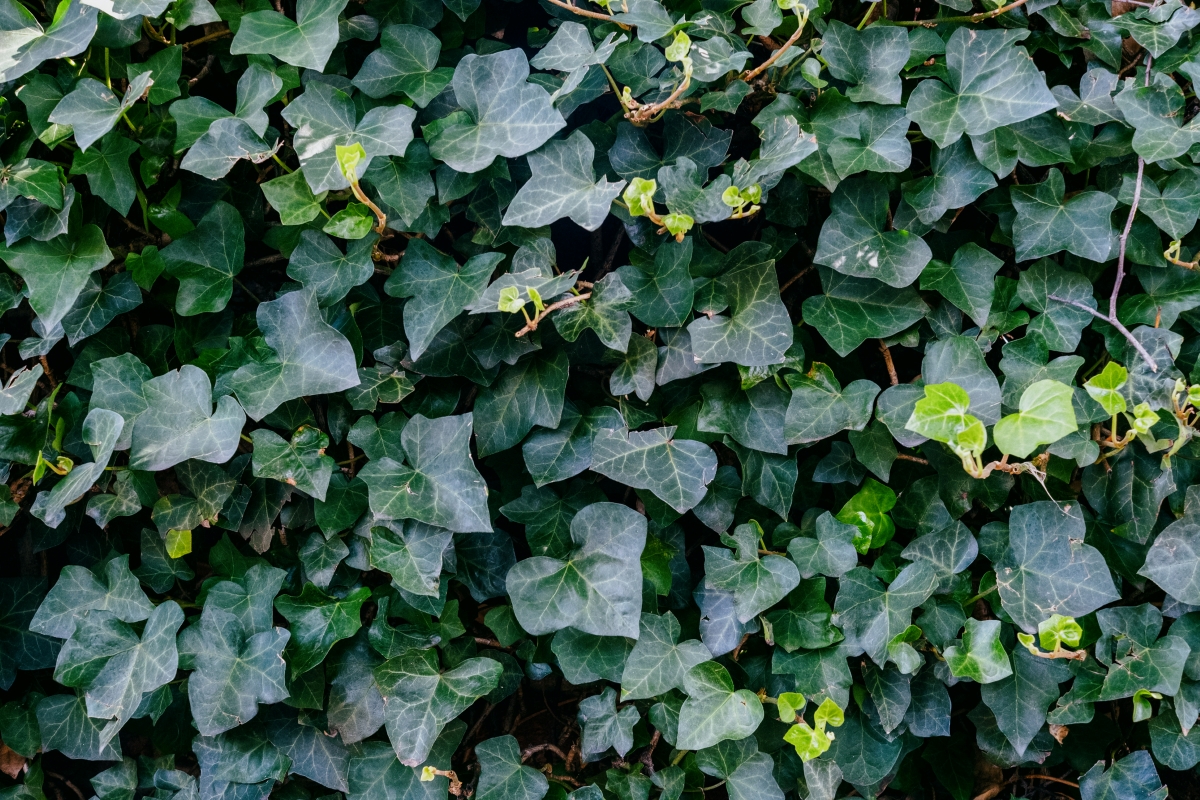
Hailing from Europe, English ivy looks beautiful growing up a castle wall, but the nonnative vine can be a big problem in many parts of the United States, especially in California and the Northwest. In 2018, Oregon banned the sale of English ivy because of its invasive nature. Since it spreads by both seeds (and the birds who eat them) and by vines that root and climb, it’s a tough plant to get rid of once it takes over.
When grown as a ground cover, English ivy can be an attractive alternative to grass, thriving in the shady understory of trees. The problem is that if gardeners fail to control the ivy, it will begin to climb up, choke, and compete with water and other resources, potentially damaging those nearby trees. It also can hide rodents or other pests and will attach to, and weigh down, structures. Opt instead for shade-loving ferns, creeping phlox, Virginia creeper, or other alternatives to invasive plants.
19. Mimosa Tree (Albizia julibrissin)

The mimosa family of shrubbery and silk trees, with their feathery, fern-like leaves and showy pink flowers, look both exotic and romantic. You will not cultivate love with your neighbors, however, if you plant one. In most of the South, it is incredibly invasive and will spawn seedlings everywhere in your yard and throughout the neighborhood. Once it has taken hold, it’s nearly impossible to get rid of. Although less invasive in dry climates, mimosas can compete with native trees and shrubs.
